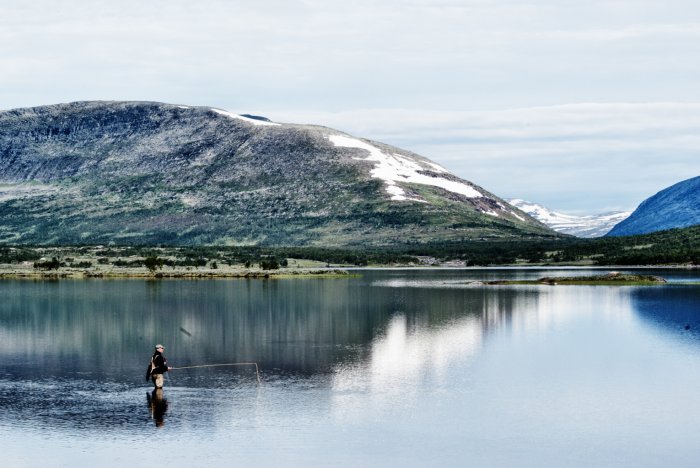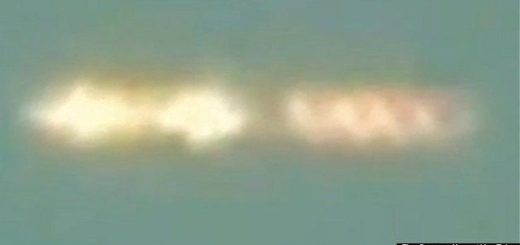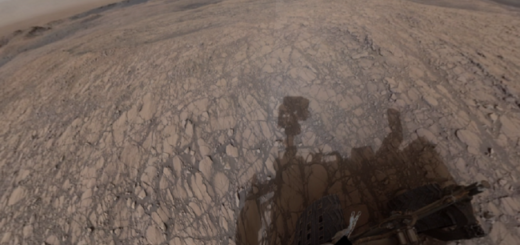Unexplainable 6,000-Year-Old Petroglyphs Linked To Ancient Ritual Site Discovered In Arjeplog Mountains, Sweden Puzzle Scientists
– Surrounded by beautiful large, deep lakes such as Lake Hornavan, Lake Uddjaur and Lake Tjeggelvas, the Arjeplog’s mountain archipelago offers visitors astonishing scenery and archaeologists a wealth of information about our distant past.
About 20 unique between 4,000-6,000-year-old petroglyphs linked to an ancient ritual site have been discovered in Arjeplog Mountains, Sweden.

An analysis of the ancient Swedish petrogyphs has been made and the results are startling.
The petroglyphs discovered in the Arjeplog Mountains (Swedish: Arjeplogsfjällen) are very mysterious because their painters decided to create only geometrical figures. According to Per Ramqvis, Professor in archaeology at the Umeå University this is very startling ancient behavior and scientists cannot, at least for the moment explain the petroglyphs.
The petrolgyphs were painted with red ocher and not a single one of them depict a moose which is very unusual.
At all other places where archaeologists discovered the same old rock paintings there was a moose, but not in the Arjeplog Mountains. What is also unusual is that all the petroglyphs have a different geometric shape.
During recent excavations at the site, scientists found residue from a clay pipe and large amounts of carbon that will now be analyzed.
The results will help to determine the age of the site and the petroglyphs.The large amount of carbon suggests this was not a site where our ancestors prepared food, but rather a place of religious and ritual importance.
Scientists are more or less convinced ritual ceremonies were held at this ancient site and the mysterious geometric petroglyphs played an important role in the rituals. Scandinavia has the largest concentration of Bronze Age rock art in Europe and there are thousands of ancient petroglyphs in Sweden. Most remarkable are the Tanum And Skredsvik petroglyphs.



 Creators of mankind
Creators of mankind Description of “Tall white aliens”
Description of “Tall white aliens” Where they came from?
Where they came from? About hostile civilizations
About hostile civilizations The war for the Earth
The war for the Earth “Tall white aliens” about eternal life
“Tall white aliens” about eternal life Video: “Nordic aliens”
Video: “Nordic aliens” Aliens
Aliens Alien encounters
Alien encounters The aliens base
The aliens base UFO
UFO Technology UFO
Technology UFO Underground civilization
Underground civilization Ancient alien artifacts
Ancient alien artifacts Military and UFO
Military and UFO Mysteries and hypotheses
Mysteries and hypotheses Scientific facts
Scientific facts


















